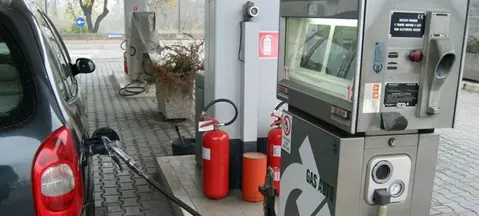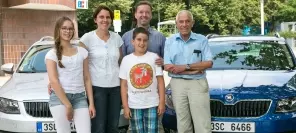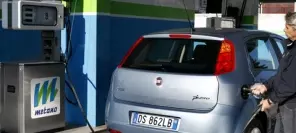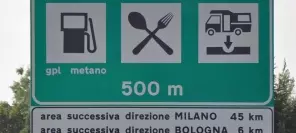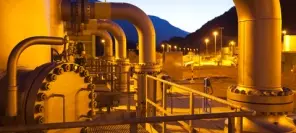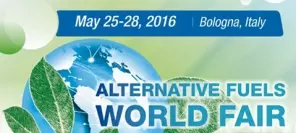- Main page
- Search
- Up to date
- Products
- Technology
- Vehicles
- Video
- Conversion Payback Simulator
Port Injection - Conversion Payback Simulator
Direct Injection - Conversion Payback Simulator
Diesel - Newsletter
Twice as many gas-powered cars in Italy
 loading results...
loading results...As a matter of fact, the number has more than doubled in said period. The rate of growth is actually 117% between 2005 and the end of 2014, from 1 322 078 vehicles before to 2 875 788 after. The market saturation of cars running on gaseous alternative fuels over time has grown from 3,81 to 7,76%. All the above is largely thanks to incentives and other forms of encouragement provided by the authorities to those willing to buy new LPG- or CNG-powered cars or convert their currently owned vehicles.
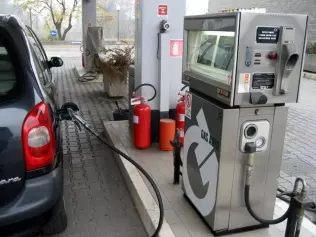 © AlvolanteThere are countries in Europe with greater numbers of autogas refueling stations (e. g. Germany and Poland), but Italy remains a large market nonetheless
© AlvolanteThere are countries in Europe with greater numbers of autogas refueling stations (e. g. Germany and Poland), but Italy remains a large market nonethelessThe number of cars powered with CNG rose by 142%, although if you consider dry numbers, it's the LPG-powered vehicles that actually became more numerous on the roads. There were 977 344 of the latter in 2005, 1 752 620 in 2010 and as many as 2 042 120 in 2014, which means the growth rate was 109%.
As far as CNG-powered cars are concerned, the rise in their number is largely thanks to the continuous development of the refueling infrastructure. Currently there are 1075 CNG stations across Italy, against 3650 LPG retail points. Due to the large number of stations, the CNG-powered car fleet rose from 344 734 vehicles in 2005 to 660 174 in 2010 to 833 668 by late 2014.
The region of Italy with the largest number of LPG-/CNG-powered cars is Emilia-Romagna with 476 185 vehicles (17,29% of all cars there). Lombardia and Veneto follow with 361 986 and 303 543 cars, respectively, although by percentage spots two and three belong to Marche (16,73%) and Umbria (10,95%), respectively. LPG- and CNG-powered cars are rarest (below 4%) in Sicily, Sardinia, Trentino-Alto Adige, Calabria, Friuli-Venezia Giulia and Valle d'Aosta.
In terms of LPG alone, Lombardia tops the charts with 297 174 cars, followed by Emilia-Romagna (271 266) and Veneto (215 701). Other regions with over 200 thousand LPG-powered cars are: Campania, Piemonte and Lazio.
According to the Consorzio Ecogas, there is still room for further development of the autogas/CNG market, especially that the car market's structure in Italy is a favourable factor. And that's because a large number of petrol-powered cars comply with the Euro 3 emission standard at best, so the easiest way to improve their environmental performance is to convert them to run on LPG or CNG. Although that doesn't mean gaseous fuels are only good for old cars – modern day systems allow conversions of hybrids and diesels, too. Furthermore, renewable gaseous fuels, like biomethane or biopropane, are becoming increasingly popular.
